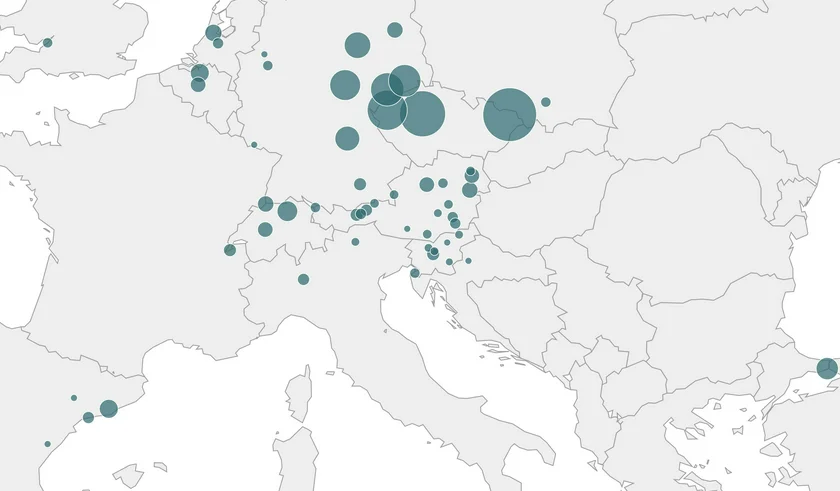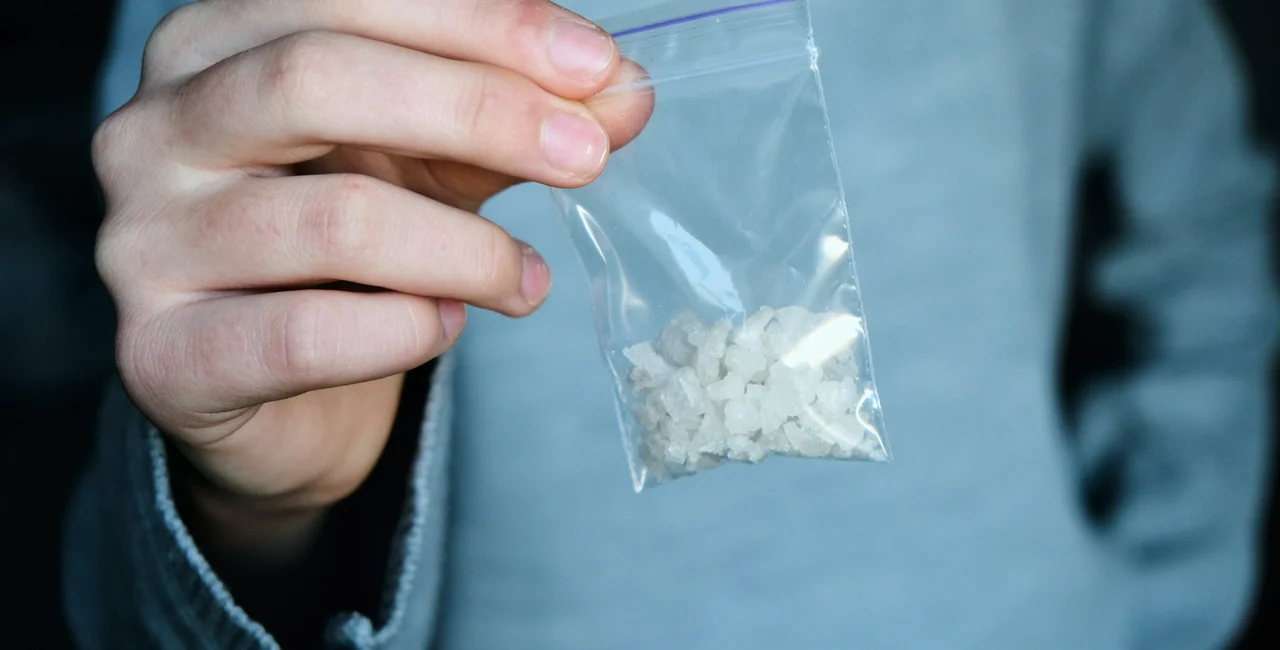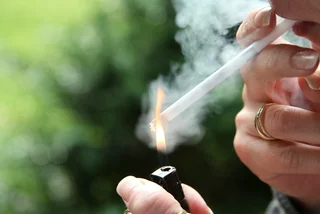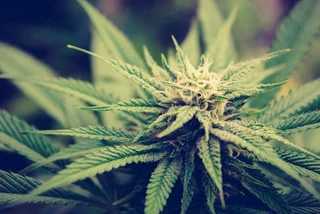Data compiled from a Europe-wide wastewater analysis shows that Czechia remains home to Europe's largest concentration of methamphetamine use. The newly released analysis found that the Czech cities of Ostrava, Prague, and Karlovy Vary, respectively led Europe for abusing the illegal drug.
The European Monitoring Centre for Drugs and Drug Addiction (EMCDDA) examined wastewater from 104 European cities in 16 countries for traces of drugs and mapped out usage relative to the population. Czechia also registered some of Europe’s highest ecstasy (MDMA) and cannabis use.
The survey expanded the number of cities examined last year, when Czech cities also topped the list. The new analysis also confirms a report on drug use issued last year by the EMCDDA.
When it comes to meth, known locally as pervitin, the top three Czech cities led the rest of Europe by a wide margin. The mean daily use in Ostrava was 914.7 milligrams per 1,000 people per day, while Prague was at 628.25 and Karlovy Vary was at 459.42. The next highest city in Europe was Chemnitz, Germany, at 279.49, about one-third of Ostrava’s level.

Two more German cities, Dresden and Erfurt, came in fifth and sixth. All three of these German cities are relatively close to the Czech border. Czechia and Germany accounted for eight of the top 10 European cities of meth use.
Usage also varies according to the day. In Ostrava and Prague, the highest levels were detected on Sunday, while for Karlovy Vary the highest levels were on Saturday and the lowest levels on Sunday.
In the long term, usage has been rising, but Prague and Karlovy Vary saw some declines during the pandemic years.
Low interest in amphetamines or cocaine
On the other hand, people in Czech cities showed relatively little interest in prescription amphetamines, not making it into the top 20, or cocaine, with Prague registering in 20th place.
“Amphetamine and methamphetamine, two closely related stimulants, are both consumed in Europe, although amphetamine is much more commonly used. Methamphetamine consumption has historically been restricted to Czechia and, more recently, Slovakia, although recent years have seen increases in use in other countries,” EMCDDA said in a press release.
Meth now appears to be present also in Belgium, Cyprus, the east of Germany, Spain, Turkey, and several northern European countries: Denmark, Finland, Lithuania, and Norway, the report stated.
Out today: Wastewater analysis and drugs — a European multi-city study! EMCDDA-@ScoreNetwork study reveals drug-taking habits in over 100 cities & shows a rise in cocaine and methamphetamine detections #drugs #wastewater #worldwaterday
— EU drugs agency (@EMCDDA) March 22, 2023
Explore the data https://t.co/bXwd2hG1Jh pic.twitter.com/jLy8KhR6uC
Prague's cannabis use has fallen
Cannabis use was tracked by measuring one of the chemicals that results from metabolizing THC.
The highest mass loads of this chemical were found in wastewater in cities in Switzerland, Spain, the Netherlands, Portugal, and Czechia. Three Czech cities made it into the top 20: Karlovy Vary in ninth, Prague in 10th, and České Budějovice in 13th place. The highest levels were in Geneva followed by Amsterdam.
🌟 Customer Care Specialist FR – Prague 🌟

Cannabis is Europe's most commonly used illicit drug, with an estimated 22.6 million users last year. Its use wasn’t widely affected during the pandemic lockdown periods, though there were some exceptions, according to the EMCDDA.
Prague did see a drop in 2020 and 2021, and even in 2022, it had not rebounded to its peak in 2019. While the EMCDDA did not draw conclusions, the dip in Prague could be related to drops in tourism numbers, which still have not reached pre-pandemic levels.
Ecstasy expanding beyond the club scene
Czechia was also among the leaders in ecstasy use, along with the Netherlands, Belgium, Spain, and Portugal. Prague was seventh in Europe but had less than one-third of the detected levels of the leader for this drug, Amsterdam. Antwerp came in second.
In Prague, ecstasy use peaked in 2019 and then dropped sharply. It rose again last year but still is just over half of what it was before the pandemic.
“General population surveys in many countries showed that MDMA prevalence was declining from peak levels attained in the early to mid-2000s. In recent years, however, the picture has remained mixed with no clear trends,” the EMCDDA said.
The report added that ecstasy is no longer limited to dance clubs, but is now being used by a broader range of young people in mainstream nightlife settings, including bars and house parties.
For 2022, the study analyzed daily wastewater samples over a one-week period between March and April 2022. Samples from some 54 million people were analyzed for traces of five illicit stimulant drugs (cocaine, amphetamine, methamphetamine, MDMA/ecstasy, and ketamine) as well as cannabis.
Experts say Czechia’s meth problem is closely tied to in-country production; an illicit industry of meth cooking which sprang out of the Czech Republic’s strong background in pharmaceuticals. The country is also Europe’s biggest meth supplier, with nearly 90 percent of annual meth lab busts by EU law enforcement taking place among its borders.












 Reading time: 3 minutes
Reading time: 3 minutes 



 English
English
 Swedish
Swedish
 Norwegian
Norwegian
 Danish
Danish
 Spanish
Spanish
 Finnish
Finnish
 German
German
























